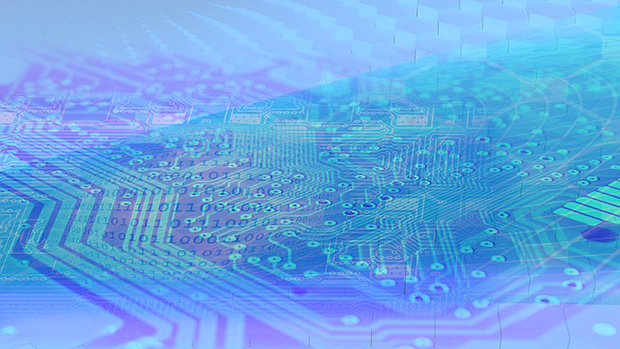The Electronic Device Revolution
The major driving force behind this change is the Internet of Things, or IoT. Described as having a network of everyday objects or electronic devices that are connected through a network, IoT means these devices become capable of collecting and sharing information with one another.
As these physical devices integrate with computers and the internet, they can begin to interact with one another and change the way we live. Technology, like smart air conditioning units that can detect the temperature outside and automatically change their settings, are no longer just science fiction. In fact Gartner research predicts that this year we’ll see up to 6.4 billion devices ‘connected’ as part of the IoT, up 30% from 2015, and potentially reaching a massive 13.5 billion devices by 2020.

From SmartPhones to Smart Homes
As smart devices become increasingly popular and advanced, more Australians will begin to adopt the technology into their daily lives. Devices capable of detecting light, sound, movement and temperature can then pass this information onto other devices around the house and make changes where required. The potential for this technology is limitless, and can lead to more efficient energy practices and lower energy costs.
Companies like Xiaomi are already producing a suite of smart home technology products that integrate with each other and smartphone devices. One example of this technology includes sensors that can detect doors and windows opening, and send a notification to a smartphone or light-up a device in another room. Another is an air purifier that can detect outdoor pollution levels and activate itself based on these readings.
Forgetting to switch off the TV or lights when you leave home meanwhile might soon be a thing of the past, with applications that can remotely turn devices on or off through your smartphone, helping to save energy and lower your electricity bill.
Nowadays we can even see improvements in older technology like light-activating motion sensors, now made for indoor use and capable of sending notifications to your smartphone.
New Energy Systems
The IoT isn’t only changing the way we look at indoor devices and technology, but also how we use energy in our daily lives.
As the technology continues to evolve more energy providers are looking closely at how they can integrate their existing services with the IoT, like using smart electric meters that can remotely read electricity usage levels and monitor for faults. Data gathered by integration with the IoT can lead to big cost savings for consumers in the future through improved efficiency and monitoring.
AGL is one such company taking advantage of new IoT technology, by monitoring homes with ‘new energy’ technology like solar panels and battery storage. The potential for this is huge, through being able to compare a home’s solar energy output performance against local averages or other residences, and troubleshoot problems or optimise these for better performance.
Smart air conditioning units by AGL meanwhile are able to have their settings remotely adjusted during high-load periods of energy use. These units can also detect factors such as inefficient insulation that may be contributing to increased air conditioning use, and help fix these to save both money and energy.
A New Frontier
New technology means big changes to the way we live our lives, and more ways to save money on your energy bills. To discuss your current energy use in your home or business, or to arrange an energy audit, give our friendly team at Everest Electrical a call today on 0410 229 139.

